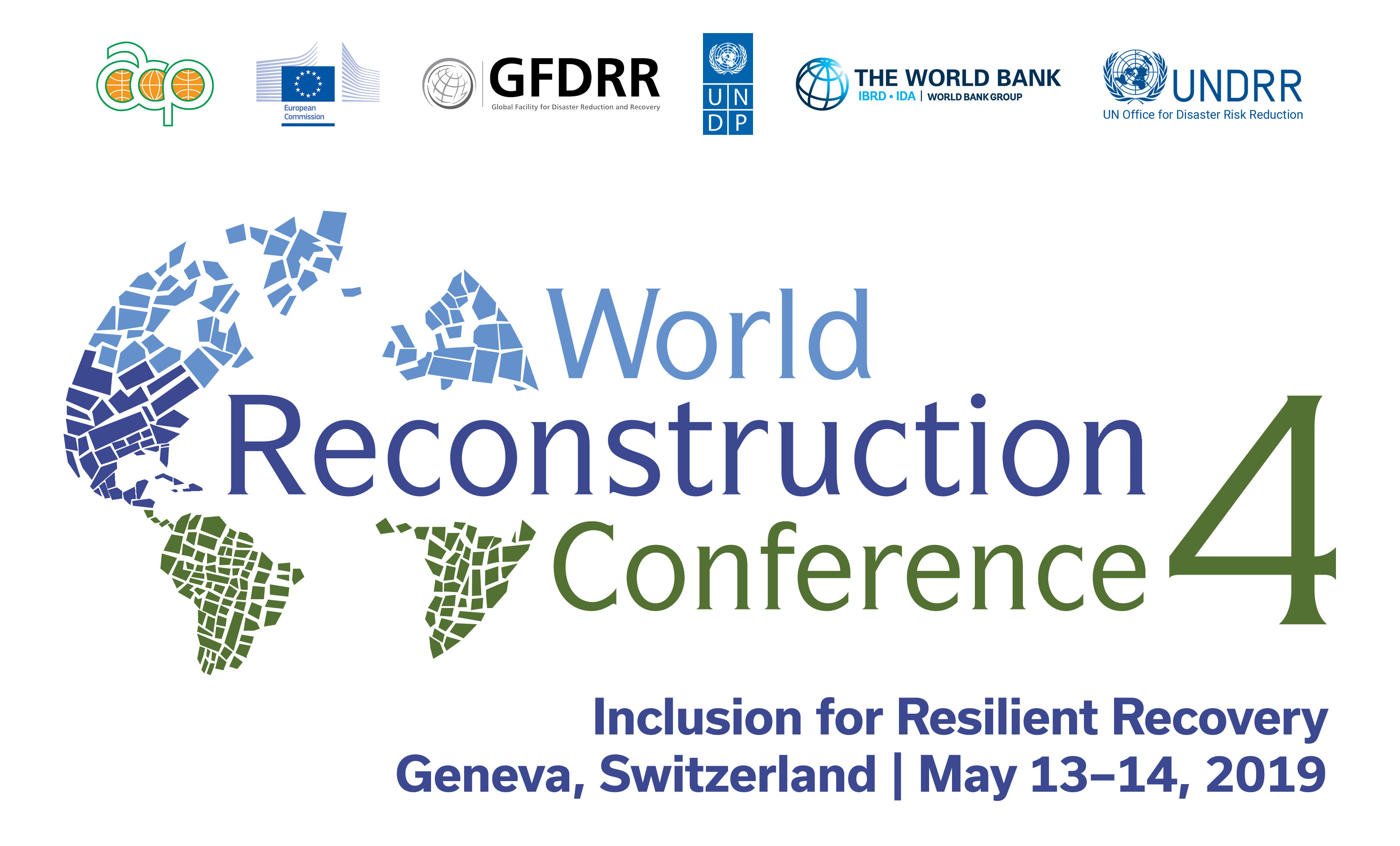Session Summary
One of the main and recurring themes at the World Reconstruction Conference has been Building Back Better (BBB). BBB has been advocated since it was first promoted in 2005 after the Indian Ocean Tsunami. While the notion of BBB is increasingly embraced as a guiding principle, there remains a great need for countries and communities to adequately prepare to build back better before disaster strikes. For most decision makers, it is less of a question of whether to build back better, than of how building back better should be done.
The core principles of building back better are (a) Do no harm: learn from the past and avoid unnecessary damage to future recovery (b) Agencies must be accountable to the people they seek to assist (c) People affected by disaster should be the decision-makers (d) Recovery of local economy and livelihoods must be a priority (e) Reconstruction and recovery efforts must recognize diversity (f) Communities should be allowed to use their own resources wherever possible and (g) Reconstruction must take account of future hazards and risks.
Building back stronger reduces well-being losses by ensuring that reconstructed infrastructure can resist more intense events in the future. Building back faster reduces disaster impacts by accelerating reconstruction through measures such as contingent reconstruction plans, pre-approved contracts, and financial arrangements. Building back more inclusively ensures that post-disaster support reaches all affected population groups. This emphasizes the importance of providing reconstruction support to low-income households, which are typically more exposed, more vulnerable, and less comprehensively supported.
The session deliberated on the success factors and the options for practical application of the principles of BBB, looking not only at safer and stronger reconstruction of infrastructure and physical assets, but also addressing the social and human impact of disasters and taking recovery as an opportunity to improve the quality of lives and their future prospects.
Panelists representing governments in Armenia, Serbia and India described how having institutional and legal arrangements, policies and systems in place, agreed in an ex-ante approach, facilitate the management of infrastructure recovery and the application of BBB principles. Armenia’s experience in BBB application at the local level infrastructure recovery and the role of the National Disaster Risk Reduction (DRR) Platform in ensuring inclusiveness of these processes was highlighted. Integrating BBB principles into Serbia’s large-scale recovery program after the 2014 floods was enabled by the legal and institutional framework employed. Countries like India have launched the Coalition for Disaster Resilient Infrastructure at the UN Climate Action Summit in September 2019 which will work towards reducing damage to critical infrastructure as called for by Target (d) of the Sendai Framework.
Countries can strengthen their resilience to natural shocks through a better reconstruction process. The benefits of building back better could be very large – up to US$173 billion per year globally. According to a recent World Bank Report (2018), a stronger, faster, and more inclusive recovery would lead to an average reduction in disaster-related well-being losses of 59 percent in the 17 small island states covered in the report.
A striking finding concerns the rural incidence of the impact of large earthquakes on the poor. Given that more than 90% of earthquake fatalities occur in rural environments, new ways to protect the population need to be explored. With most rural buildings being one- and two-story dwellings, the earthquake closet offers an affordable solution as a protection unit. The cost of constructing such a closet in a single-family home is taken to be $500–$600 in developing countries.
Disaster-affected households in low- and middle-income countries rebuild their homes in situations where little or no support is available from humanitarian agencies. Households’ self-recovery experiences following Typhoon Yolanda (Haiyan) in the Philippines in 2013 and the Gorkha Earthquake in Nepal in 2015 were examined. It is important to understand the different governmental, economic, environmental and socio-cultural contexts in which self-recovery takes place, and how this affects progress, the process of reconstruction and building back safer, the drivers and barriers to self-recovery, as well as what is needed to effectively support self-recovery.
Hazards impact rich and poor countries differently because of differences in vulnerability, which is the probability and exposure of a population to risks. These differ dramatically between rich and poor populations within a country. The world’s poor have fewer choices as to where they can live, fewer protections when shock events such as flooding and earthquakes occur. In poor countries, the trend of rapid urbanization occurs in particularly hazardous areas. The inclusion of recovery as Priority 4 of the Sendai Framework is a clear recognition of the importance of recovery as an opportunity to Build Back Better through safer infrastructure, resilient livelihoods, stronger governance systems, better early warning and improved preparedness of governments and communities to manage disaster risks.
Lessons from large-scale recovery programs show that recovery would be implemented more successfully, and overall preparedness could be significantly strengthened if BBB principles are already included as part of the Disaster Risk Reduction systems in the country or set up soon after the disaster to lead recovery processes. However, at present, the general level of preparedness and capacities for BBB application remains rather limited in most countries. Governments generally set up institutions and overall policies for recovery in response to a large disaster event and use existing institutions to respond to smaller events fully ignoring BBB principles.

